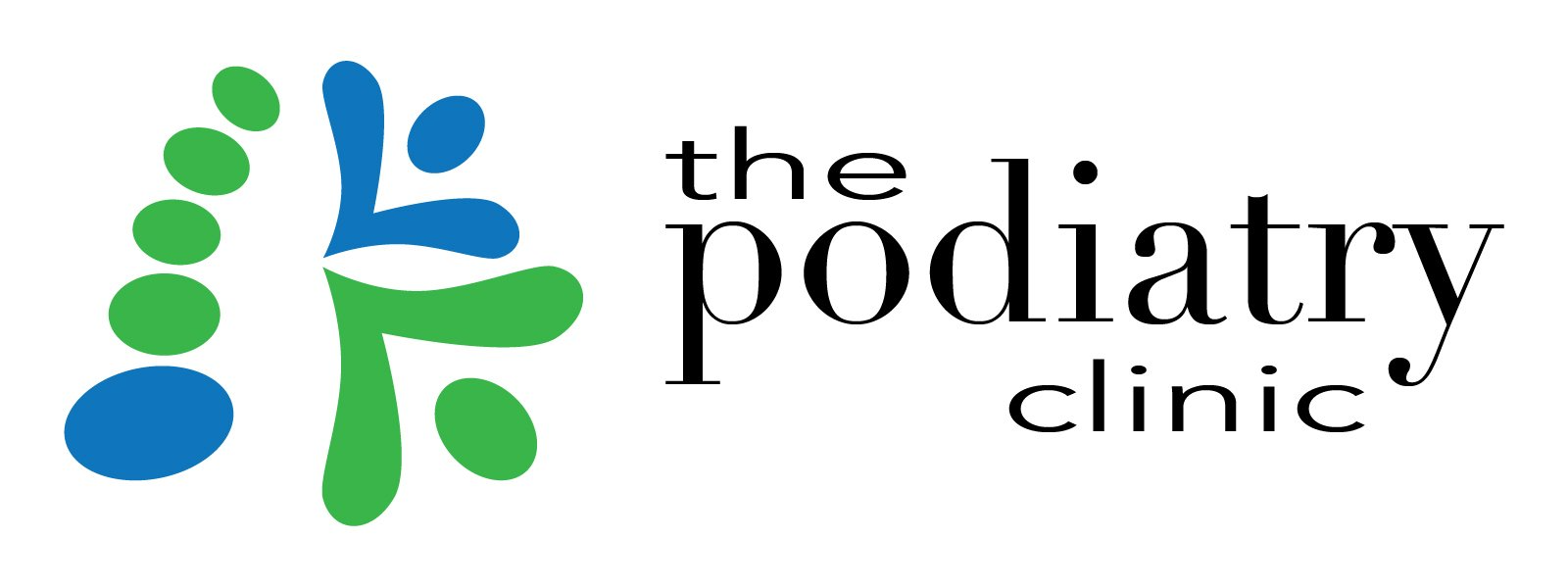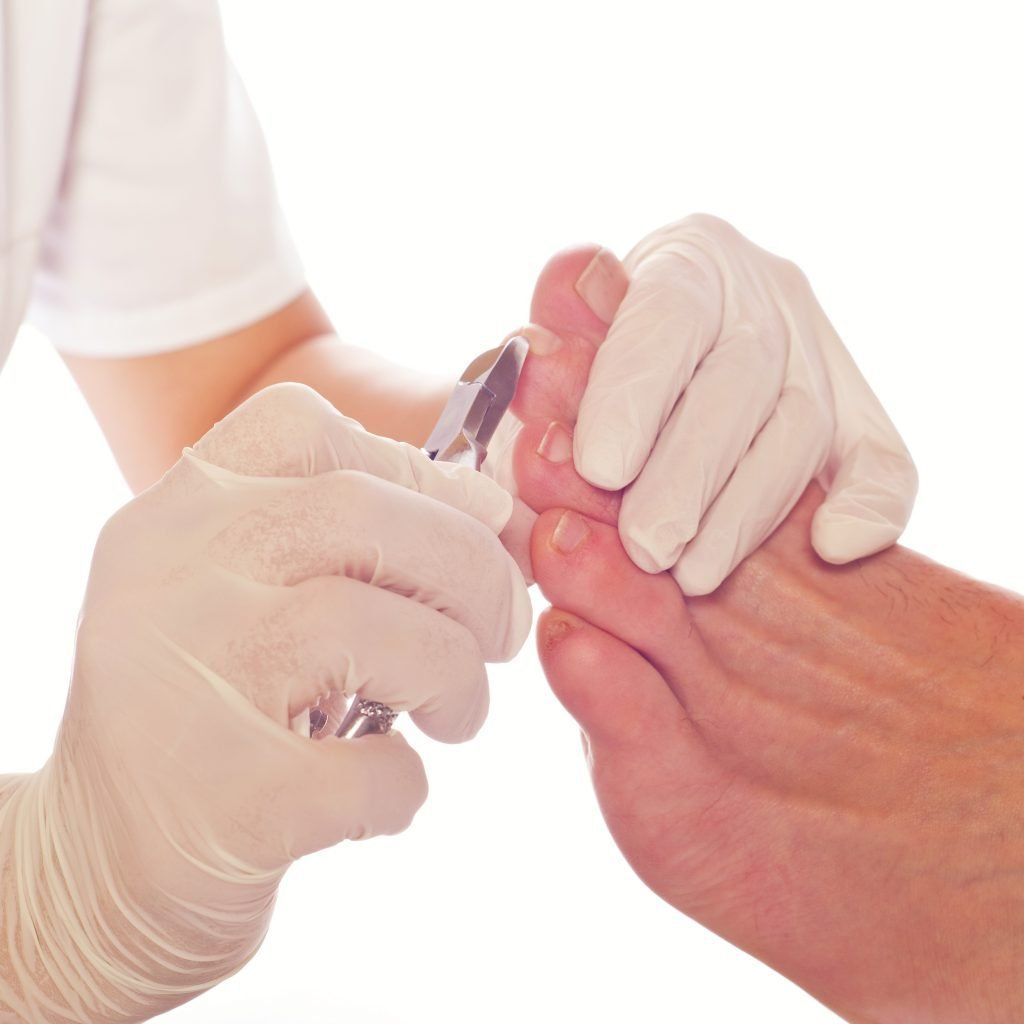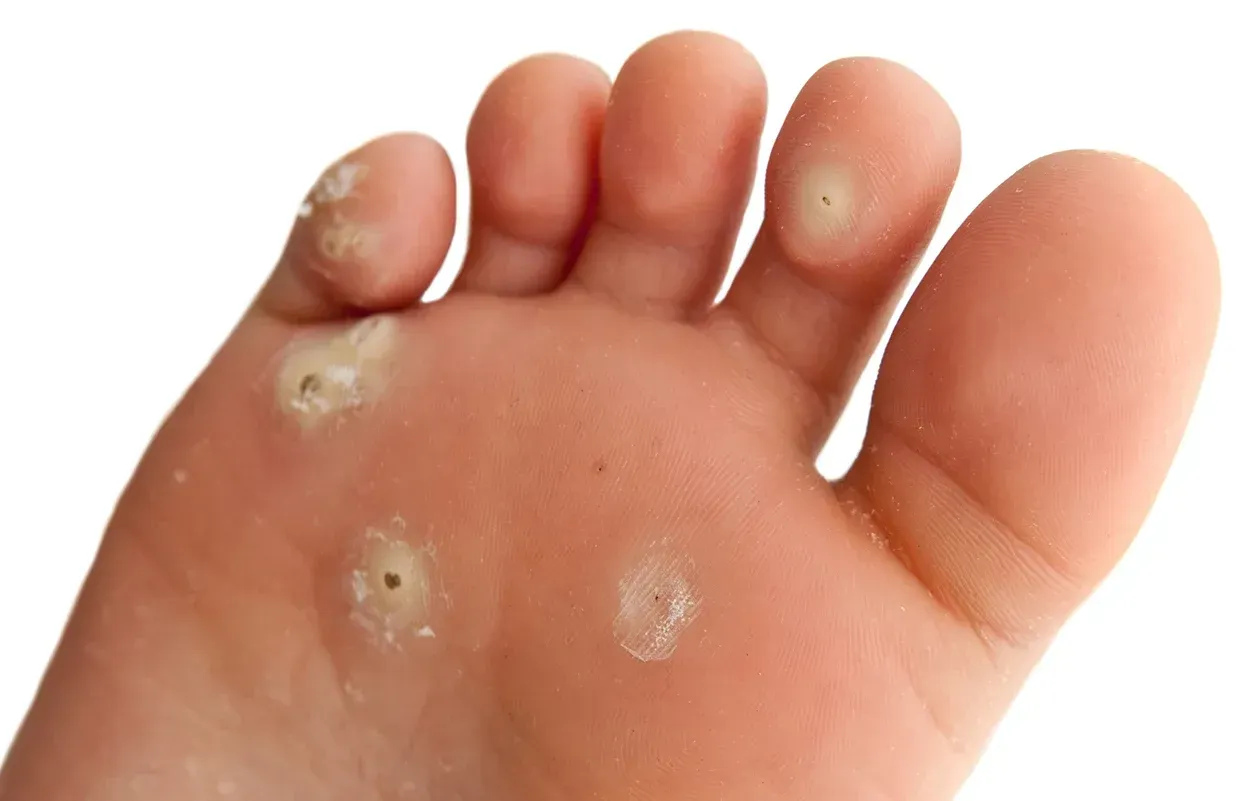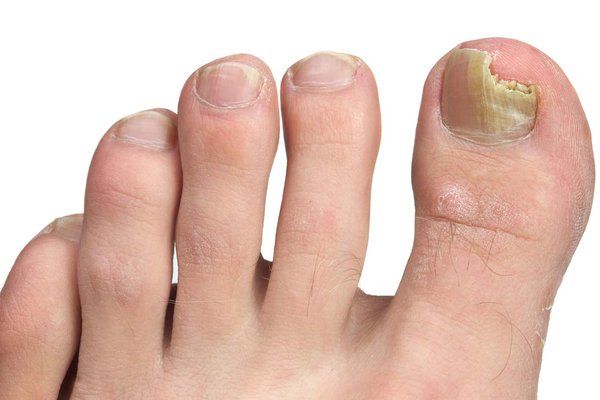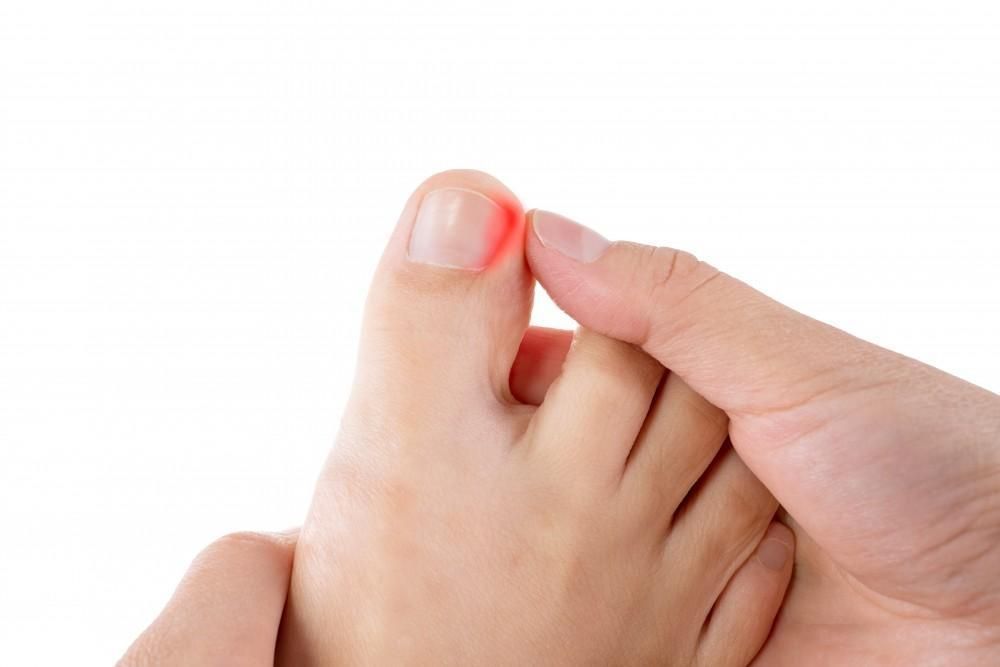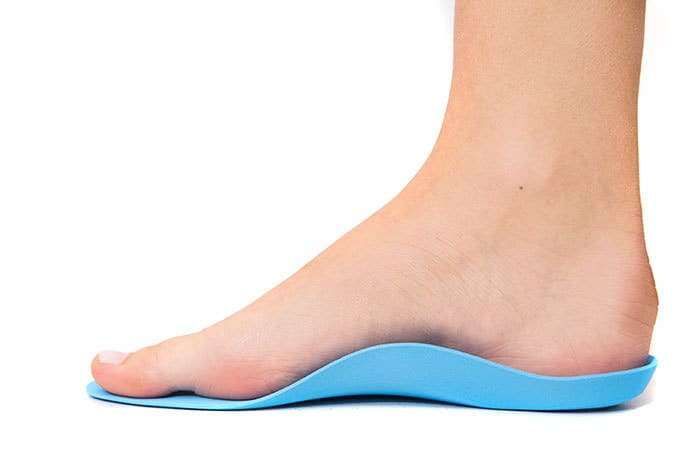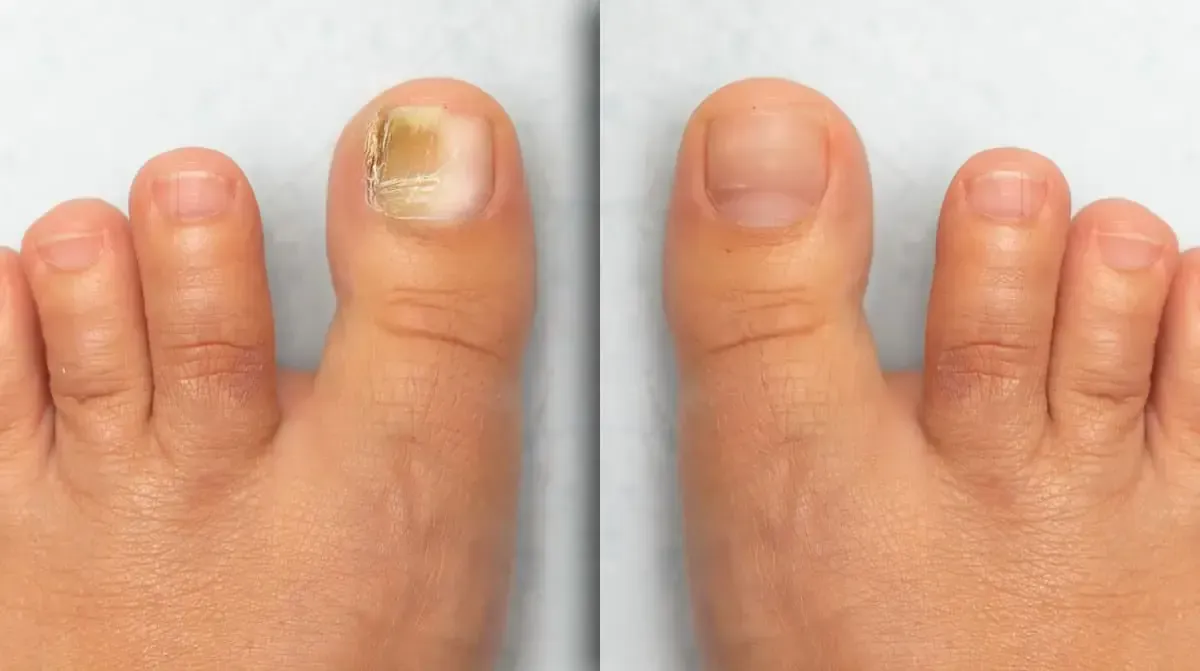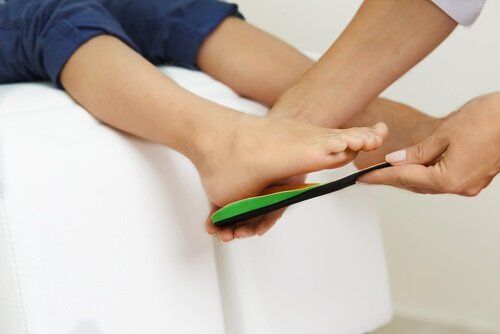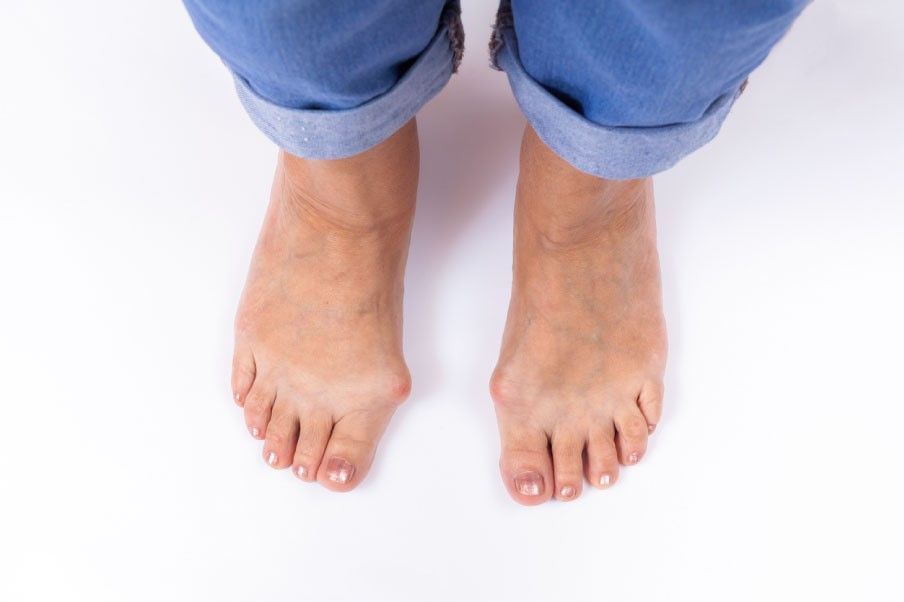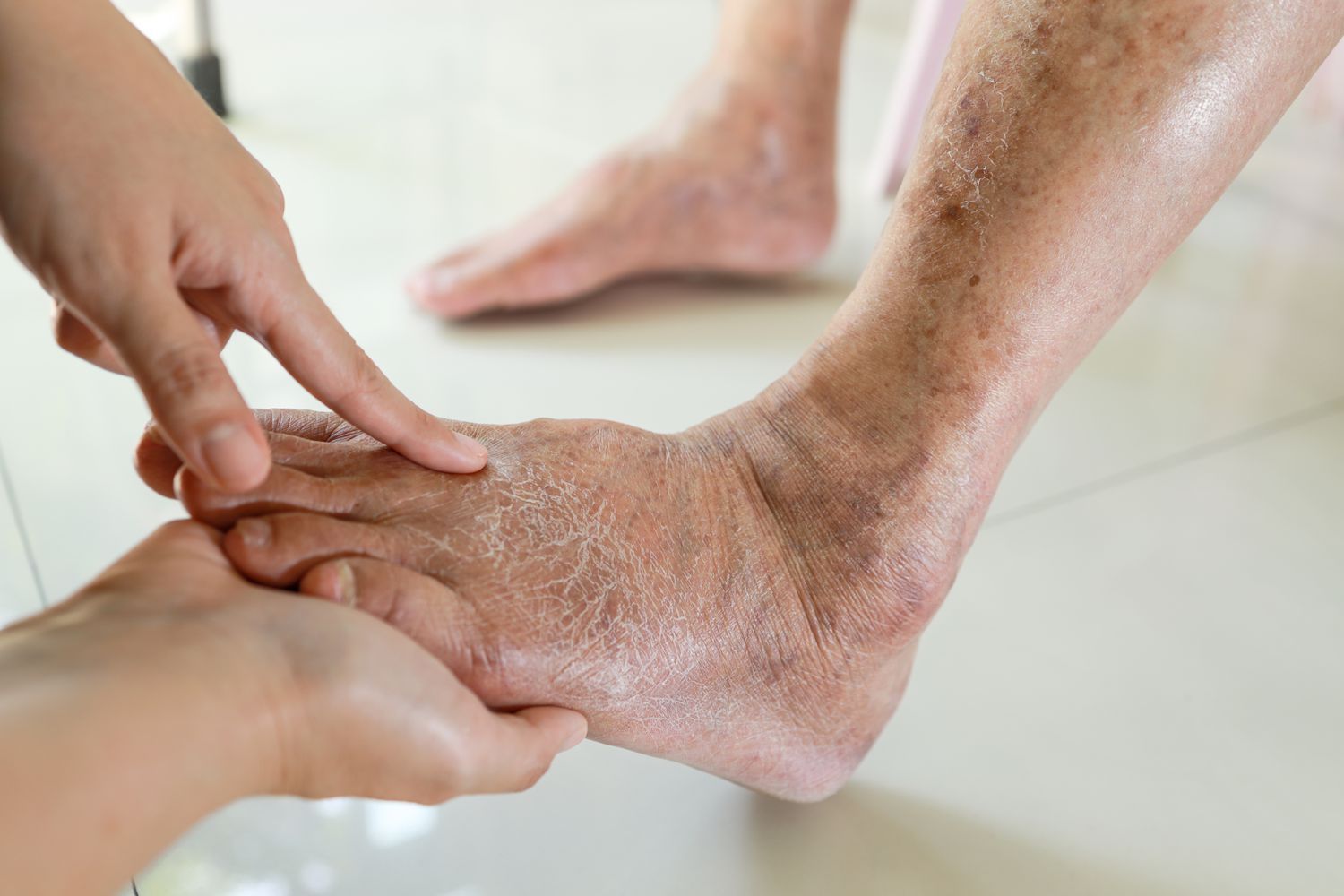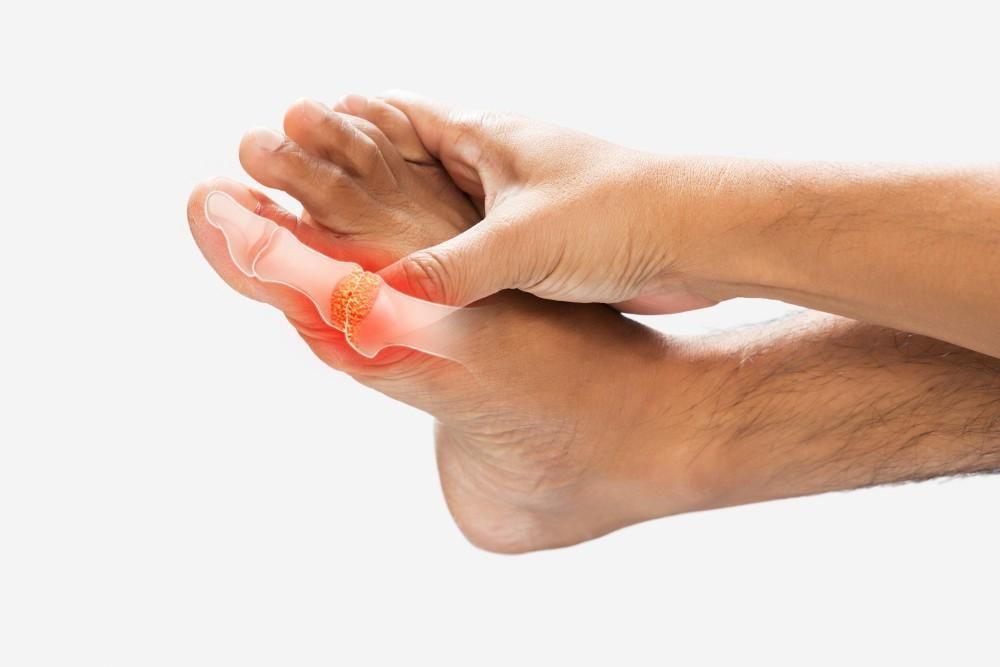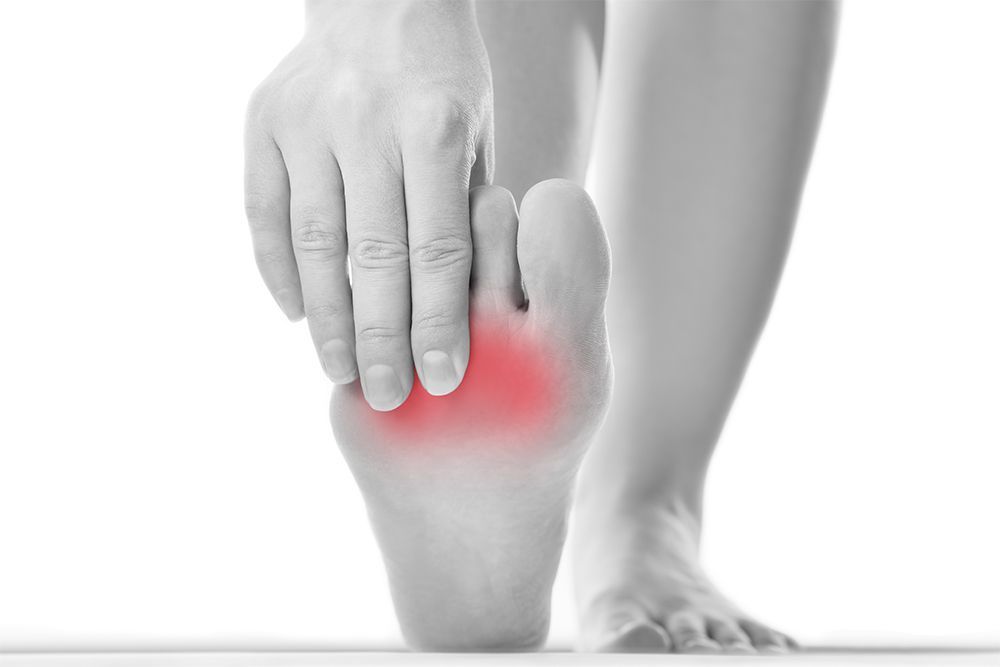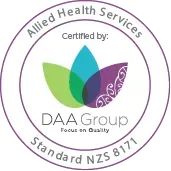Foot Conditions
Scope of Practice
At The Podiatry Clinic, we are fully registered with the New Zealand Ministry of Health and practise within the regulated scope of podiatry.
Our broad scope of practice enables us to offer a wide range of treatment options for children, adults, athletes, and non-athletes alike. We provide expert diagnosis and effective management of common chronic conditions such as corns, calluses, toenail deformities, fungal nails, and verrucae. Additionally, we specialise in podiatric biomechanics and sports medicine, as well as advanced podiatric toenail and verruca surgery performed under local anaesthetic.
Routine Skin & Nail Care
Routine nail and skin care involves regular trimming, smoothing, and moisturising to keep feet healthy and comfortable. Our podiatrists offer professional maintenance to support overall foot hygiene and well-being.
Foot Injury
As an ACC accredited practice, our podiatrists assess and treat a wide range of foot injuries, providing expert care to reduce pain, promote healing, and help you get back on your feet quickly and safely.
Verrucae/Warts
Verrucae (plantar warts) are common viral skin infections that appear on the soles of the feet. They can be painful, especially when walking, and may spread if not treated.
Fungal Skin & Nail Infections
Fungal infections of the skin and nails, including athlete’s foot and fungal toenails, are common and can be stubborn if left untreated. They often cause itching, redness, flaking skin, or discoloured, thickened nails.
Ingrown Toenails
Ingrown toenails occur when the edge of the nail grows into the surrounding skin, causing pain, redness, swelling, and sometimes infection. They can result from improper nail trimming, tight footwear, or injury.
Orthotics & Biomechanical Assessment
Foot and leg pain can often be linked to the way we move.
Our podiatrists use a biomechanical assessment to diagnose issues and, if needed, prescribe custom orthotics (shoe inserts) to improve alignment, relieve pain, and support better movement in daily activities or sport.
Nail Restoration
Toenail thickening can become a permanent disfigurement following physical trauma or infection such as chronic fungal nail. KeryFlex Nail Restoration is a painless, in-office application that restores the appearance of an individual’s natural nails.
Child-Specific Issues
Children’s feet are still developing, and certain conditions can cause pain or affect how they move. We treat a range of common issues such as Sever’s disease, flat feet, in-toeing, and other foot concerns.
